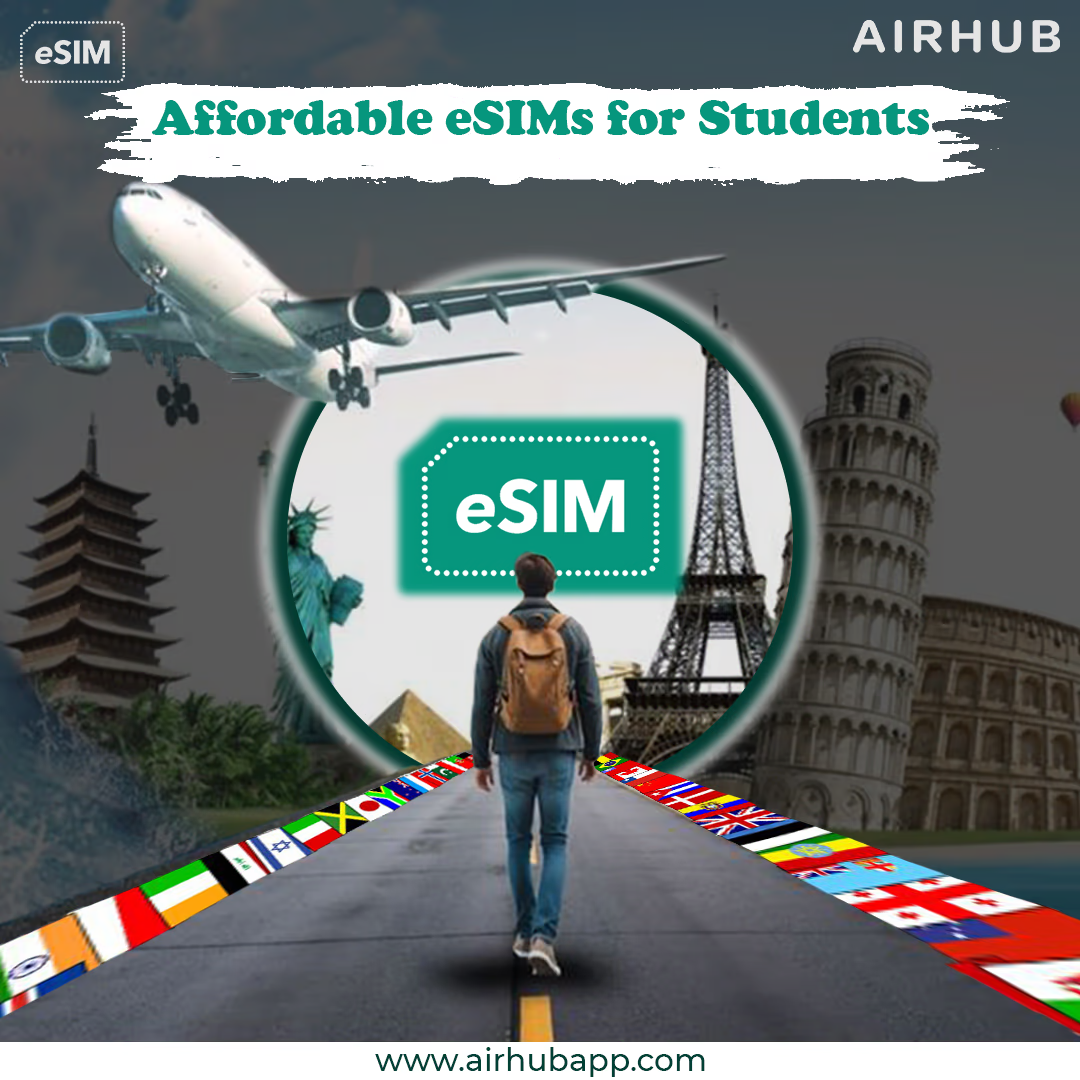
The Digital Native Generation: Technology as Lifeline
The advent of digital technology has irrevocably transformed the landscape of youth culture. Contemporary young people, often termed “digital natives,” have grown up immersed in a world dominated by smartphones, social media, and the internet.
This ubiquitous presence of technology has profoundly influenced their behavior, communication patterns, learning styles, and overall worldview.
The Indispensable Role of Technology in Daily Life
For today’s youth, technology is more than a tool; it’s an extension of themselves. Smartphones, in particular, have become indispensable companions, facilitating communication, entertainment, information access, and productivity. Apps like Instagram, TikTok, Snapchat, and YouTube have become cultural touchstones, shaping identity and influencing trends.
Beyond social interaction, technology plays a pivotal role in education. Online learning platforms, such as Khan Academy and Coursera, and educational apps have revolutionized the way students acquire knowledge. The internet offers an unparalleled wealth of information, empowering young people to become independent learners and critical thinkers. For instance, 97% of Gen Zers own smartphones, according to Pew Research Center. This widespread access to information has accelerated the growth of online learning, with platforms like Coursera
Technology and Mental Health: A Complex Relationship
While technology offers numerous benefits, its impact on mental health is a subject of growing concern. Excessive screen time, cyberbullying, and the pressure to maintain an idealized online persona can contribute to anxiety, depression, and loneliness. It’s crucial to promote digital well-being through education, awareness, and responsible technology use.
The Economic Implications of Digital Natives
The rise of digital natives has created new economic opportunities and challenges. The gig economy, enabled by technology, has empowered young people to become entrepreneurs and freelancers. Platforms like Uber, Lyft, and Fiverr have facilitated the growth of this sector. However, the digital divide persists, with disparities in access to technology and digital skills exacerbating socioeconomic inequalities.
Technology and Global Citizenship
In an interconnected world, technology has the potential to foster global citizenship and intercultural understanding. Young people can leverage social media to raise awareness about social issues, participate in online activism, and connect with peers from diverse backgrounds. Movements like #BlackLivesMatter and #MeToo gained significant momentum through social media, demonstrating the power of online activism. However, it’s essential to cultivate critical media literacy to navigate the complexities of online information and avoid the spread of misinformation.
Gen Z’s Data Appetite: Growing and Unsustainable?
- Heavy data consumers: Gen Z is generally considered heavy data users due to their reliance on streaming services, social media, online gaming, and video content.
- Unlimited plans: The popularity of unlimited data plans has grown, making it challenging to measure average consumption.
- Rising data needs: With the increasing demand for high-quality video content (4K, 8K), augmented reality, and virtual reality, data consumption is likely to increase further.
Price Sensitivity of Digital Natives
Digital natives exhibit a complex relationship with price when it comes to data plans. While generally price-conscious, their spending behavior is influenced by several factors:
- Value perception: Digital natives are often willing to pay a premium for data plans that offer exceptional value, such as high-speed data, extensive data allowances, or premium content access.
- Feature prioritization: Specific features like hotspot capabilities, international roaming, and streaming quality can outweigh price considerations for digital natives.
- Budget constraints: Despite their willingness to spend, economic factors can limit the maximum amount digital natives are willing to pay for data plans.
- Competitive landscape: The availability of alternative plans with similar features at lower prices can significantly impact the price sensitivity of digital natives.
- Lifestyle factors: Factors such as occupation, education level, and location can influence a digital native’s willingness to pay for data services.
Understanding these nuances is crucial for businesses to develop effective pricing strategies and targeted marketing campaigns. One of the companies that recognized those needs is Airhub with their offer for students and today’s students are predominantly considered Digital Natives.
Airhub eSIM: Empowering Young People on the Go
For young people with a thirst for adventure and exploration, reliable internet access is essential. Airhub’s eSIM offers an affordable and convenient solution for students on the move. With no SIM swapping required, students can enjoy instant internet connectivity wherever they go. This empowers them to stay connected with friends and family, access educational resources, and explore the world without limitations. Airhub is well known for reliable and huge or unlimited data packages (often with voice services), very affordable prices, and global connectivity.
Conclusion esim for students
Technology has become an integral part of young people’s lives, shaping their identities, relationships, and aspirations. While it presents both opportunities and challenges, it’s essential to harness technology’s potential for positive impact while mitigating its risks. By fostering digital literacy, promoting digital well-being, and bridging the digital divide, we can empower young people to thrive in the digital age. esim for students










